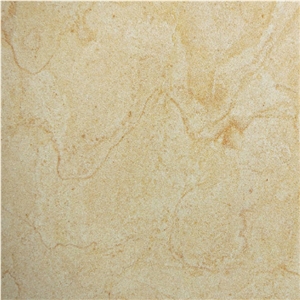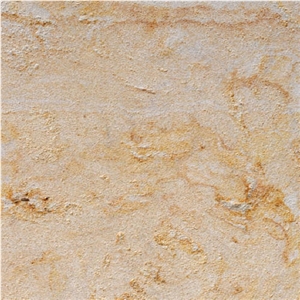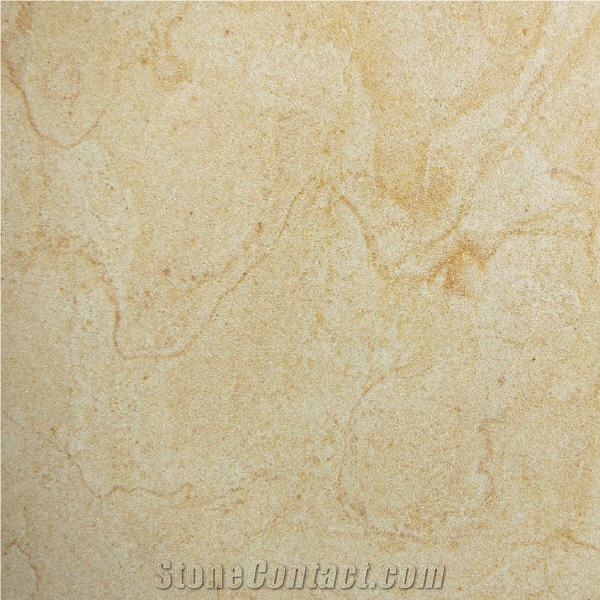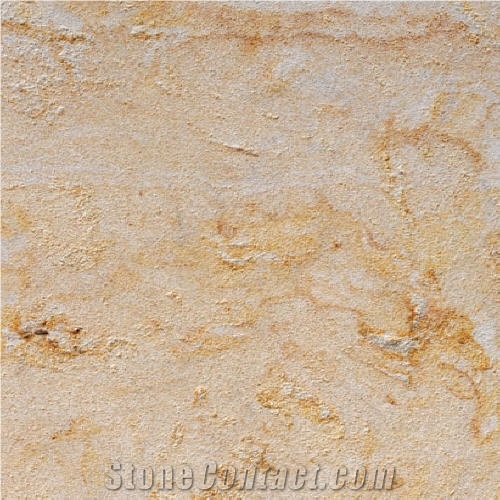Can Germany's Seeberg Sandstone be used exterior applications in very sunny climates?
Germanys Seeberg Sandstone can be used in exterior applications in very sunny climates, but there are certain considerations that need to be taken into account.
Seeberg Sandstone is a dense and durable stone that can withstand various weather conditions, including exposure to sunlight. However, prolonged exposure to intense sunlight in very sunny climates can cause some potential issues.
One concern is that the high temperatures and UV radiation from the sun can cause the stone to expand and contract, leading to cracks and fissures over time. This can be mitigated by choosing a high-quality grade of Seeberg Sandstone that has good thermal stability and low porosity.
Additionally, the intense sunlight can cause the stone to fade or change color over time. This is a natural process called weathering, and it is more pronounced in lighter-colored sandstones. It is important to choose a stone with a color that will age gracefully and retain its aesthetic appeal even with some degree of fading.
To protect the stone from the damaging effects of sunlight, regular maintenance and care are essential. Applying a suitable sealant or stone protector can help minimize the impact of UV radiation and reduce the risk of fading and weathering. It is also advisable to clean the stone periodically to remove any dirt or debris that may accelerate the weathering process.
Overall, while Seeberg Sandstone can be used in exterior applications in very sunny climates, proper selection, installation, and maintenance are crucial to ensure its longevity and aesthetic appeal. Consulting with a professional stone supplier or installer can provide further guidance on selecting the right type of sandstone and implementing proper maintenance practices.
Germanys Seeberg Sandstone can be used in exterior applications in very sunny climates, but there are certain considerations that need to be taken into account.
Seeberg Sandstone is a dense and durable stone that can withstand various weather conditions, including exposure to sunlight. However, prolonged exposure to intense sunlight in very sunny climates can cause some potential issues.
One concern is that the high temperatures and UV radiation from the sun can cause the stone to expand and contract, leading to cracks and fissures over time. This can be mitigated by choosing a high-quality grade of Seeberg Sandstone that has good thermal stability and low porosity.
Additionally, the intense sunlight can cause the stone to fade or change color over time. This is a natural process called weathering, and it is more pronounced in lighter-colored sandstones. It is important to choose a stone with a color that will age gracefully and retain its aesthetic appeal even with some degree of fading.
To protect the stone from the damaging effects of sunlight, regular maintenance and care are essential. Applying a suitable sealant or stone protector can help minimize the impact of UV radiation and reduce the risk of fading and weathering. It is also advisable to clean the stone periodically to remove any dirt or debris that may accelerate the weathering process.
Overall, while Seeberg Sandstone can be used in exterior applications in very sunny climates, proper selection, installation, and maintenance are crucial to ensure its longevity and aesthetic appeal. Consulting with a professional stone supplier or installer can provide further guidance on selecting the right type of sandstone and implementing proper maintenance practices.
 Germany
(Seeberg, Gotha)
Germany
(Seeberg, Gotha)

















